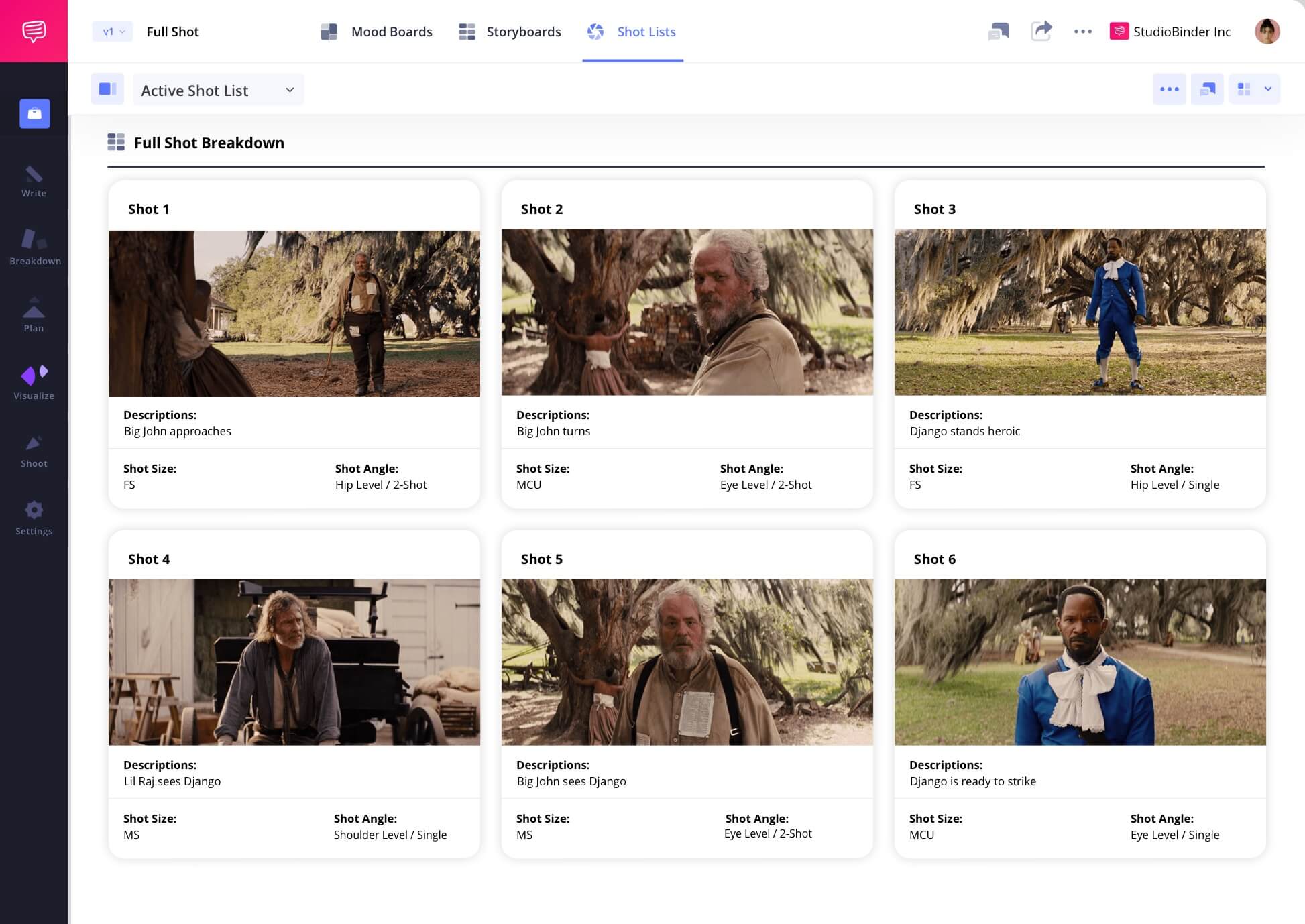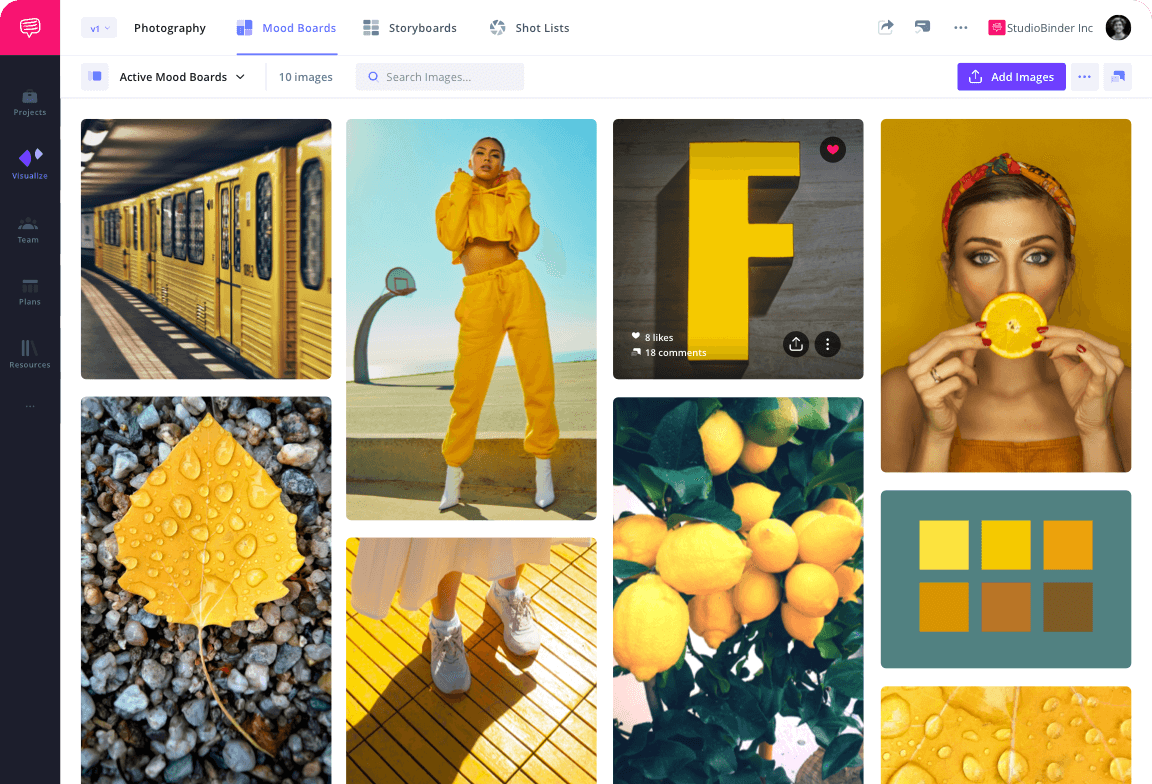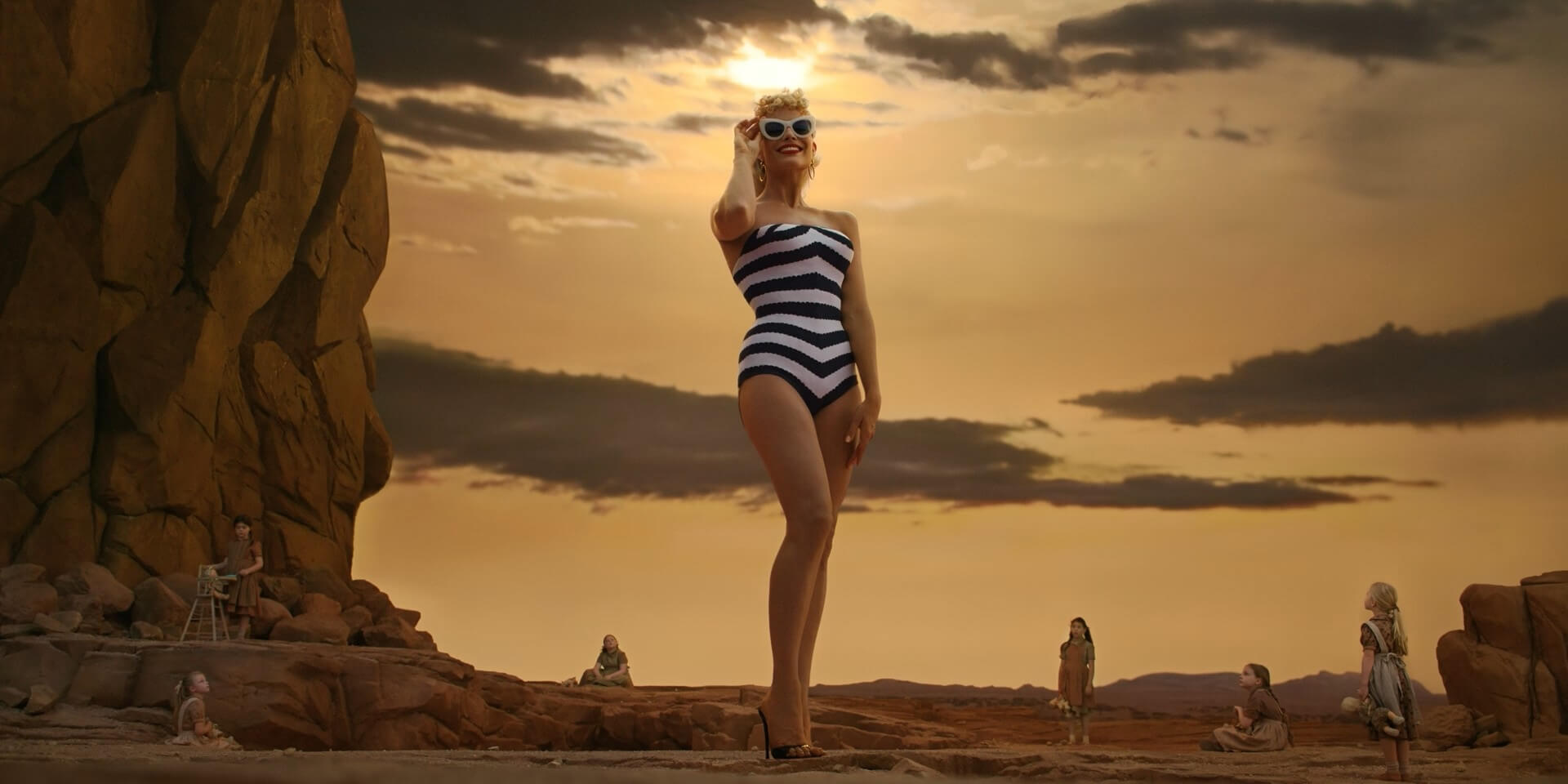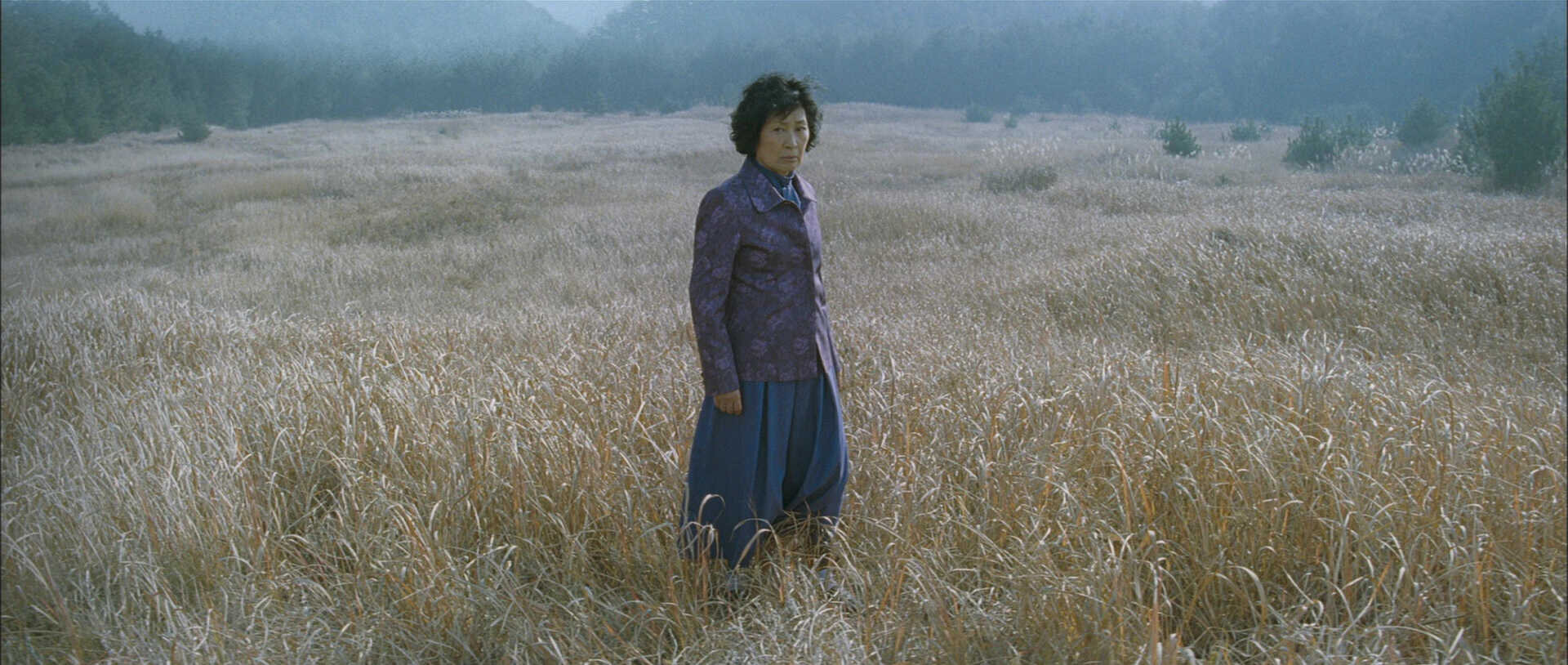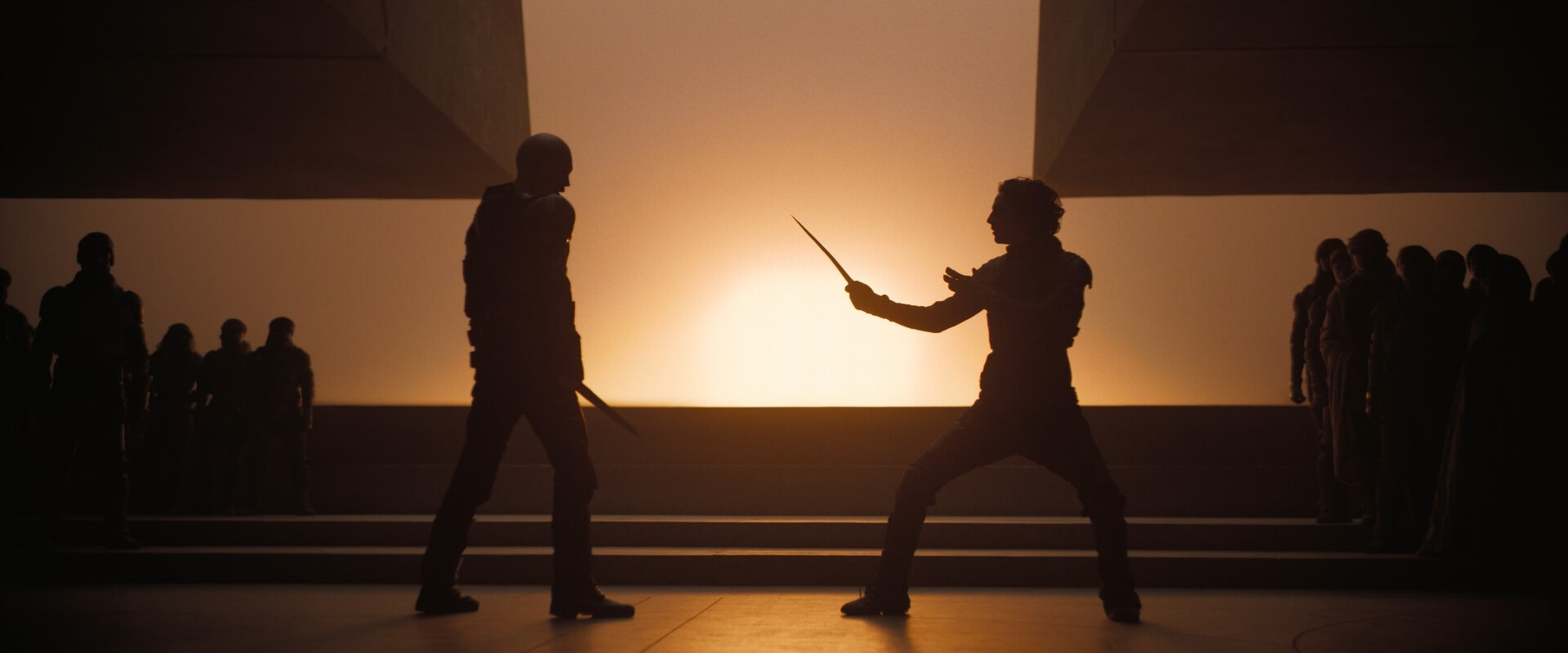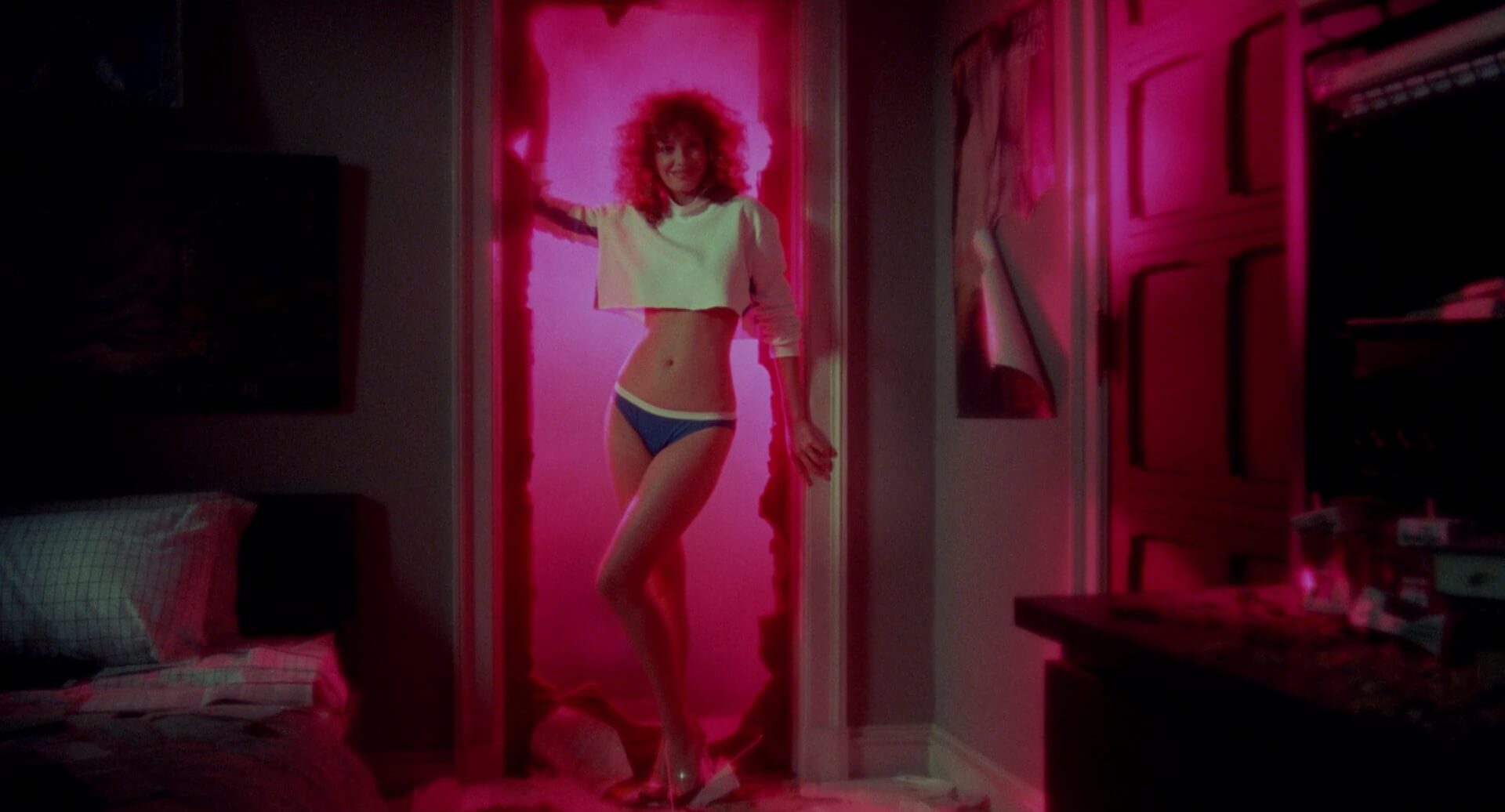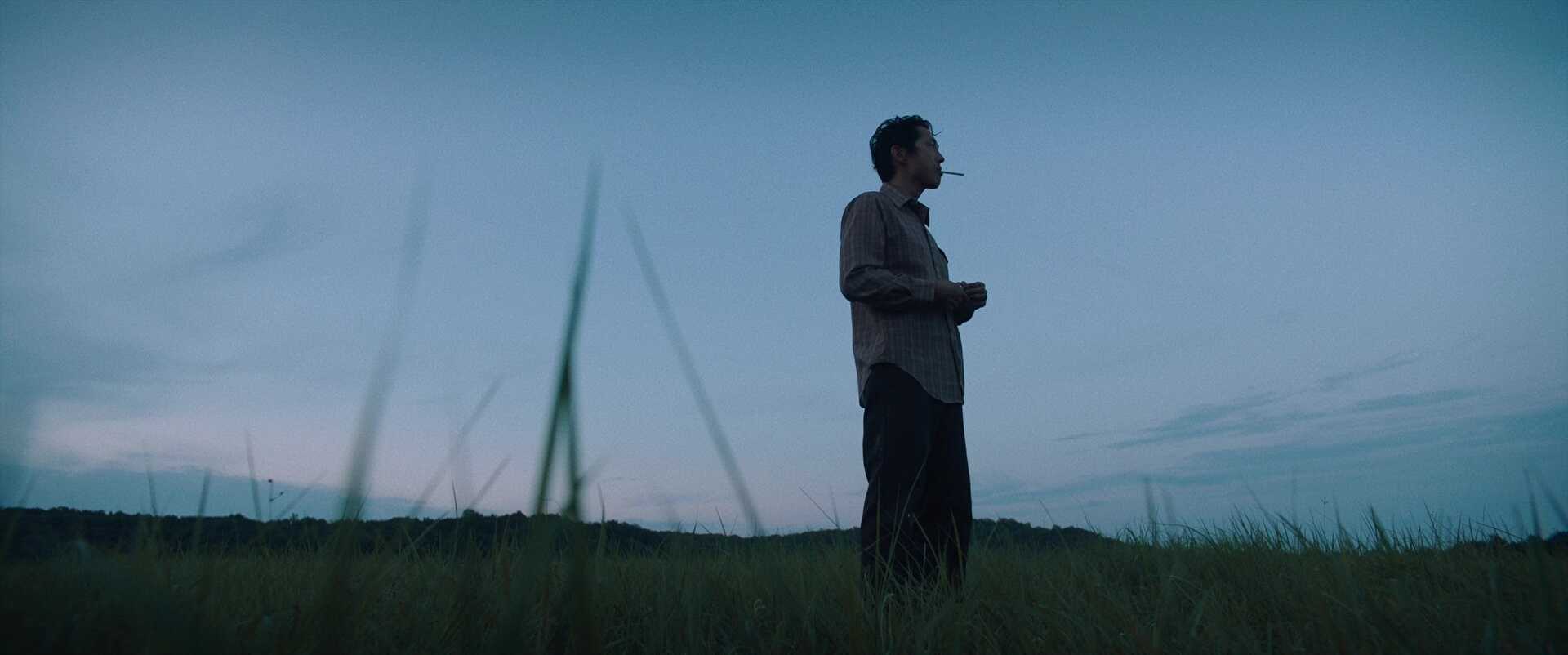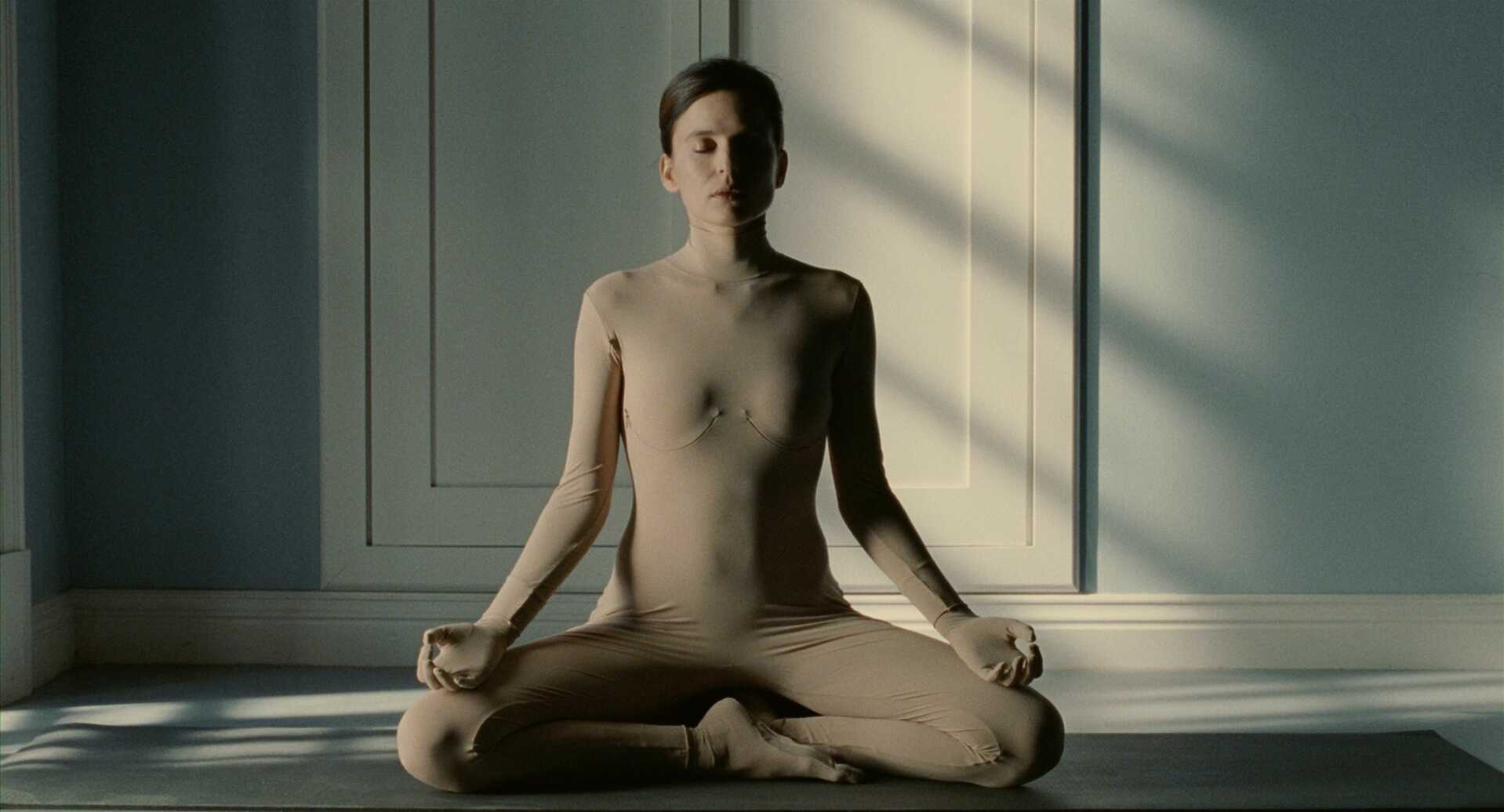Full Shot Definition
What is a full shot?
A full shot is when the camera capture the entirety of the subject's body, from head to toe. This is sometimes also a wide shot and while there is some overlap, they have their own characteristics.
For more, read our full breakdown of the full shot, including examples that illustrate the shot size's various functions.
Before we dive in the full shot and everything it can do, let's start with some examples to familiarize ourselves with this type of camera shot. Open this visual gallery of full shots to see the variety and their functions firsthand.
Meanings & Purpose
Full shot examples
The full shot in film brings with it a number of different meanings and usages, depending on the context of the scene. Being able to see the character's full body provides a filmmaker with different options in the course of visual storytelling. Below are just a few of the most common ways directors use the full shot in film.
Highlight a character's wardrobe
Draw attention to the body itself
Makes the character vulnerable
Captures full body movement
Usages
What does a full shot convey?
The full shot is a multifaceted tool for any visual project, including but not limited to film, photography, music videos, documentaries, commercials, and more. There is a general built-in language being used any time we see a full shot. Overall, the full shot draws more attention to the character's body, wardrobe, movement or vulnerability.
Here are just some full shot examples and the effects that they create.
The body
When showcasing the character's physicality is the goal of the shot, there's perhaps no better option than the full shot that captures everything.
Surveying the environment
If a character looks around to take in the environment, the audience can also consider how the character feels about their current location.
Emotional vulnerability
Showing a character's full body can accentuate their emotional vulnerability, perhaps in moments when they feel helpless or alone
Confidence
The opposite of Option 3, when a character moves through the world fully confident and prepared to confront their obstacles and enemies.
Qualities
Full shot vs wide shot
Telling the difference between a full shot vs wide shot can be tricky. Both full shots and wide shots tend to capture the character's body — though some wide shots might not cover the entire body. And both shots dedicate a large portion of the frame to the background. So, there is some overlap between them but there is one key criterion that helps separate them.
Ask yourself a single question — is the focus of the shot the character or the background?
In a full shot, the character is clearly the focus of the shot. They are what we are meant to pay attention to. In a wide shot, the character and background might be of equal focus or the background might be the priority.
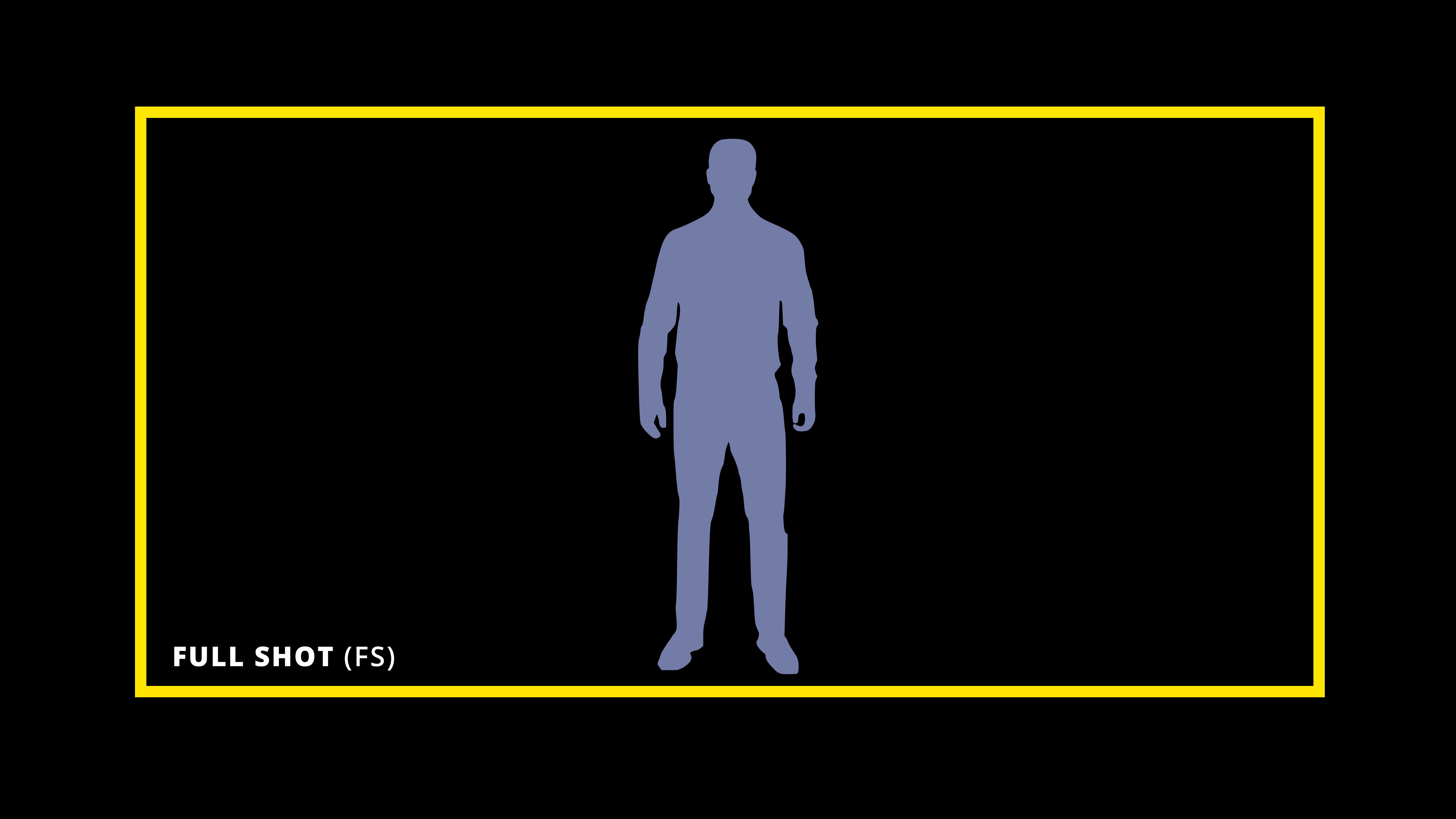
Case Study
Shot listing a full shot
To get a more filmmaker's understanding of how to use a full shot, let's look at a specific full shot example. This scene from Django Unchained uses two significant full shots that mirror each other.
Click the shot list below, to see the full scene broken down, and take a look at how Tarantino uses full shots to maximize the scene's visual meaning.
There is obviously more than one way to use a full shot. In fact, there are many.
Let's dive into the creative applications of a full shot when paired with other directing and cinematography choices.
Unique Pairings
What does a full shot do when paired with another camera technique?
How to combine the full shot
As you know, there are many camera techniques, each with their own unique properties and effects. In isolation, they work just fine. But in combination, these camera techniques can take on more nuanced and effective qualities. Let's see what happens when you combine the full shot with the following camera techniques.
- Profile: Often used when in confrontational scenes as the character faces someone or something in their way.
- Pedestal Up: Instead of showing the character instantly, a pedestal up slowly reveals them, building anticipation.
- Dutch Angle: A full shot with a Dutch angle puts more of the "instability" onto the background/world and less on the character.
- Deep Focus: Both the character and the background are in full focus
- Dolly Zoom: This allows the background to stretch or compress behind the character.
- Tilt: Similar to the pedestal shot, the tilt slowly reveals the character.
- Tracking: Tracking with a full shot framing allows for more physicality.
- Low Angle: The low angle adds an extra layer of confidence and control to the character.
- High Angle: The high angle adds an extra layer of vulnerability and isolation to the character.
Frequently asked questions about the full shot
A full shot is any shot that shows the character's entire body, from head to toe.
Depending on the scene and context, a full shot can convey a confident or vulnerable character. Other factors include the background, lighting, and lens choices to push the meaning of the shot in a specific direction.
Technically, yes. But there is some slight differences to pay attention to. Both shots will capture the full body but a full shot focuses more on the character and the wide shot is typically more about the background or environment and how that character fits into it.
A full shot will show a character or multiple characters from head to toe. They might be sitting, standing, running, dancing, etc.

